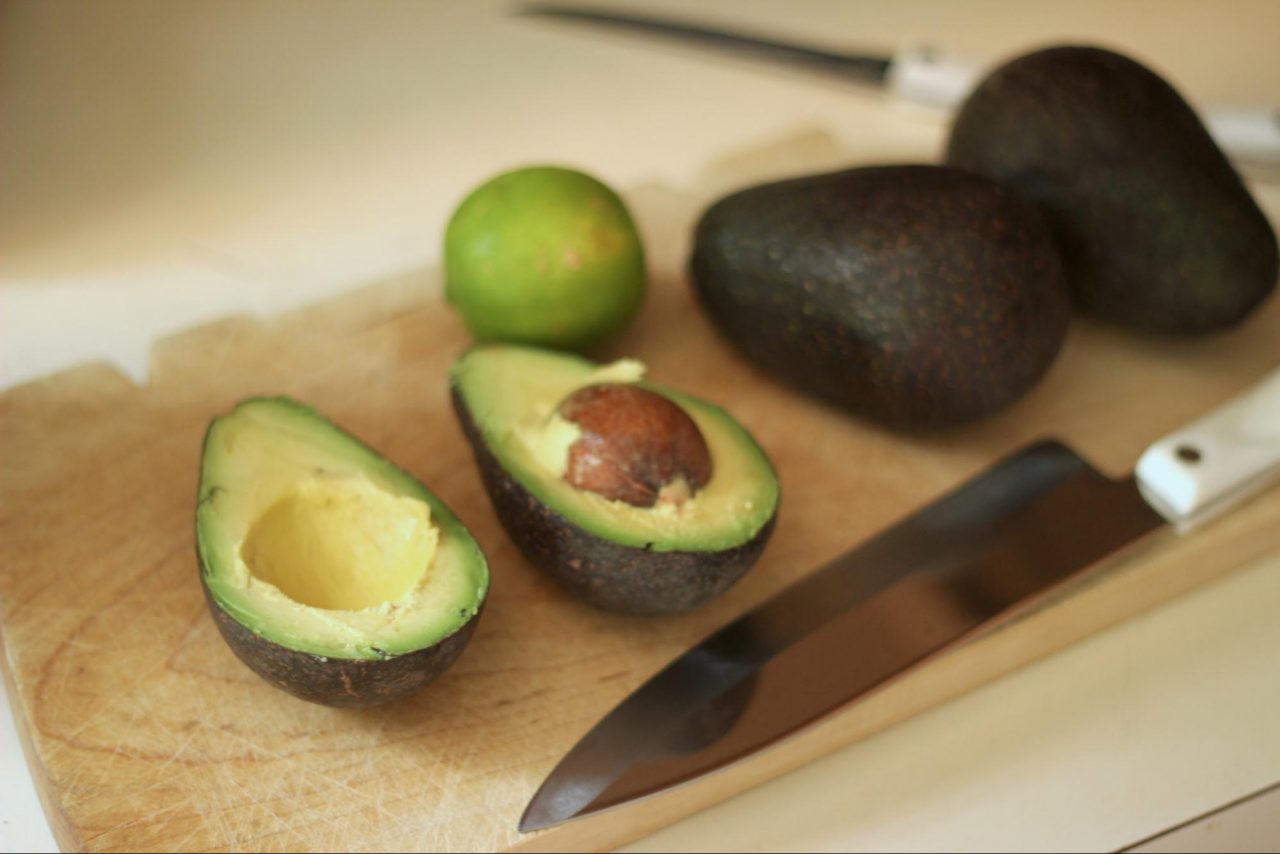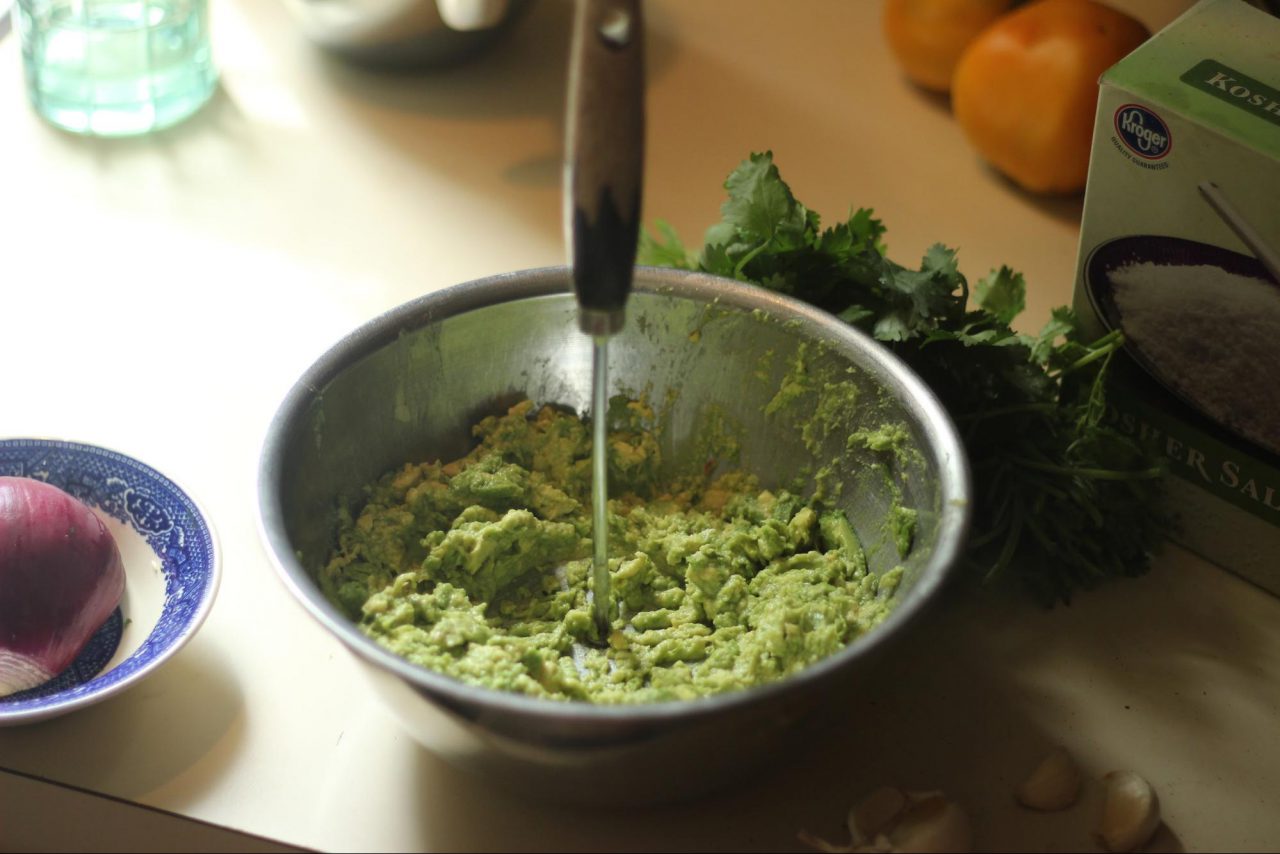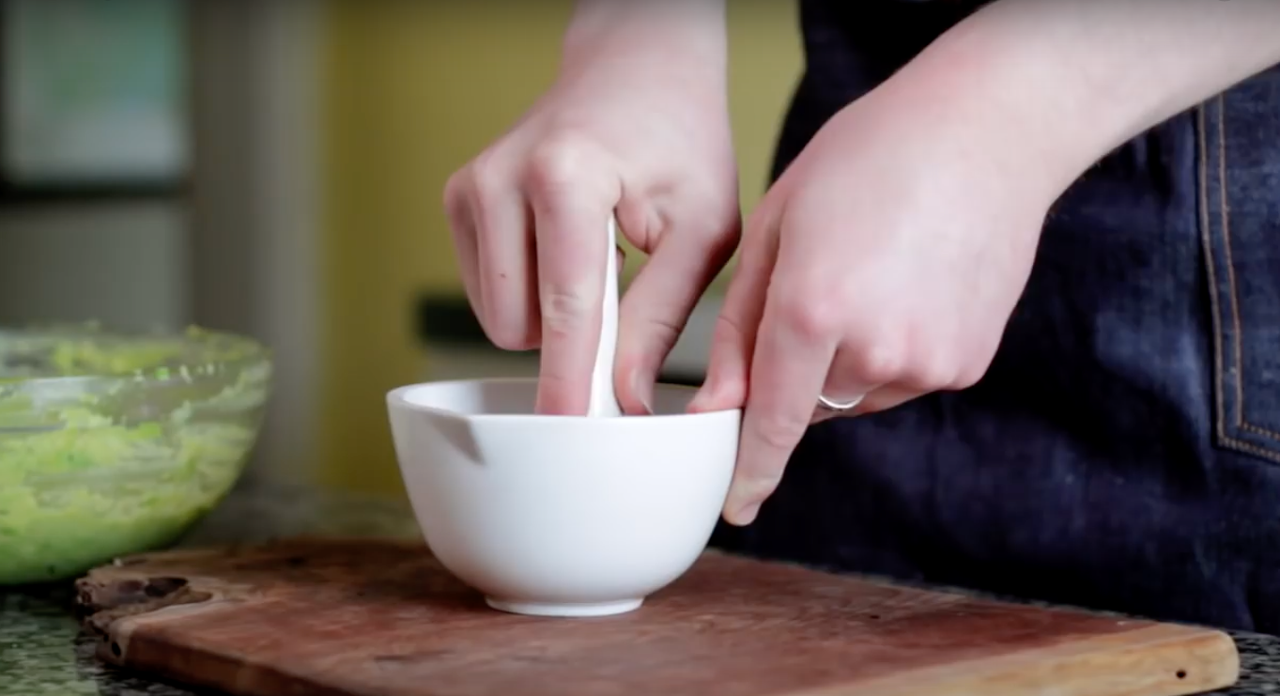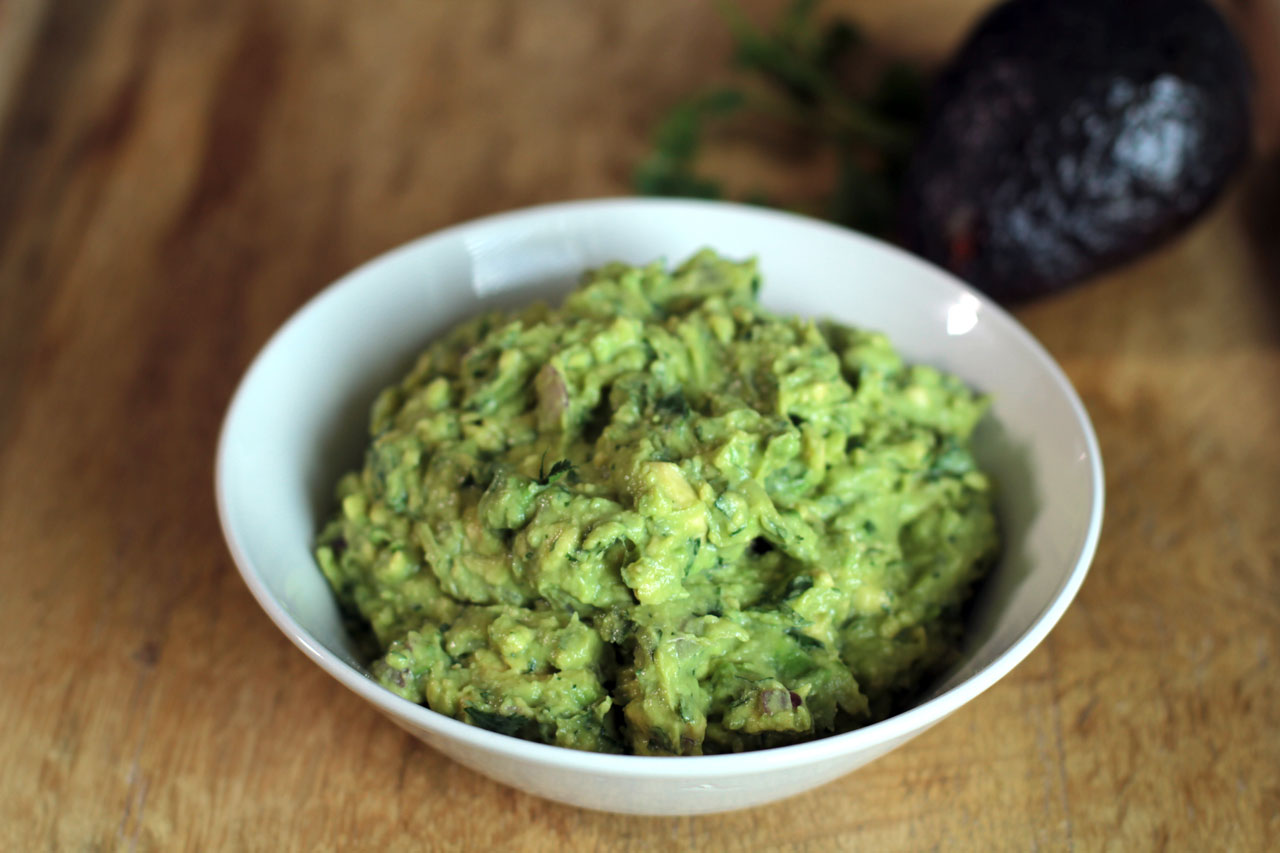Perfect Guacamole
An elusive but beautiful combination of the simplest raw vegetables; a category of delicious all by itself.
An elusive but beautiful combination of the simplest raw vegetables; a category of delicious all by itself.
Guacamole. An elusive but beautiful combination of the simplest raw vegetables that, when perfected, is a category of delicious all by itself. And, I would say, worthy of the obsession it takes to make it well—there are many possible stumbling blocks along the way, but I hope this can serve as a guide to delivering simple and delicious guacamole with consistency (and, hopefully, without too much browning).
Essentially, guacamole is a condiment built on mashed avocados. Beyond that, there is some controversy. But let us turn our focus to the avocado, first of all. Its flavor is mild, buttery, and gently fruity. It has a texture that is so lusciously creamy it is known to make vegans and non-vegans swoon with regularity.

The two most important avocado problems are the problem of ripeness and the problem of browning. First, ripeness: how can one determine if an avocado is ripe? When you pick up an avocado in the grocery store, feel it with your fingertips. Put pressure on it. Does it give? If not, quickly move on to another avocado: an underripe fruit is far more disappointing than an overripe one. Does it give so much that you can easily deform its shape like room temperature butter? Too soft. It should give easily to pressure, but not so easily that it can be described as squishy.
Now that’s easy enough if you’re buying your avocado and making your guacamole on the same day, but it doesn’t always work out that way. You might be tempted to just buy an underripe avocado and it’ll ripen by the time you’re ready to make guacamole. However, in my experience, it’s hard to know how long it will take an unripe avocado to ripen. Even worse, sometimes a home-ripened specimen will feel ripe on the outside, but will still be tough close to the center. Instead, buy avocados no more than five days before you’ll use them, buy perfectly ripe or just-shy-of-ripe fruits, and store them in the refrigerator to preserve their perfect state.
Then there’s the problem of browning. Some claim that the addition of the lime juice prevents browning from happening. Some say that avocado pits will magically keep it green. Both of these ideas are pretty much bunk. What keeps guacamole from turning brown? Limiting air contact. Air is what oxidizes the guac in the first place. Simply make your guacamole as close to service time as possible, and then cover it tightly with plastic wrap until it’s time to serve.

Give your avocados a good mash, squeeze in your lime juice, and we’re ready to keep rolling.
Look across the vast plain of the internet and you will find so many guacamole ingredient configurations that your head will spin. Tomatoes, mayonnaise, garlic, shallots, bell peppers, cilantro, jalapenos, serrano, cumin, white onion, yellow onion, green onion, red onion…just a few of the many aromatics and herbs people suggest you throw into your guacamole. Many of the accompanying photos display a chunky dip that looks like about half-avocado, half…other stuff, which gets me to wonder how much of the beautiful, buttery, delicate flavor and texture from the avocado gets to shine through.
Thus, I have chosen two aromatics and one herb to be the main flavoring agents of my guacamole: red onion, garlic, and cilantro. Why these and not the others? I find that as far as bell peppers go, the flavor ends up being more distracting than enhancing for the avocado. I would say the same for the heat of, say, a jalapeno. It’s a great flavor of its own, and doesn’t add much to my guacamole. Tomatoes just don’t make much sense to me in guacamoleland. If you want tomatoes, make salsa.

Red onions are the best raw onions: bold and acidic, yet with a mildness and a depth that white onions can’t boast. Garlic is actually less traditional as an aromatic choice: much of the guacamole actually made in Mexico doesn’t have any garlic in it at all. However, I am not a purist. I find that for me, garlic is almost like salt. It doesn’t call about a particular flavor profile. It just tastes good.
The most important factor for your aromatics is their distribution through the guacamole. See, merely chopping up onions still leaves discrete chunks that don’t actually flavor the whole dish. The cell walls remain intact. So although it is the most time-consuming method, I prefer to take a mortar and pestle to my red onion and garlic. The addition of salt acts as an abrasive while drawing out moisture, letting the onions and garlic break down more as you grind it. You’ll still have little tenderized chunks for vegetable spread throughout the guacamole, but you’ll also have the full flavor of onion and garlic fully distributed throughout the guacamole.

Finally, a word about cilantro. This is a controversial herb, To most people, it tastes pungent and pairs well with citrus. However, for 10% of people, it’s got a flavor resembling bleach. For those of you who do not like cilantro, it’s okay. You don’t have to add it to make good guac.

And there you go: the very simplest combination of raw vegetables that explodes with flavor in every bite. Some people think of it only as a chip or taco topping. But I’d encourage you to try the basic veggie taco and tell me this guacamole isn’t the best taco filling in the world.